
Analyzer
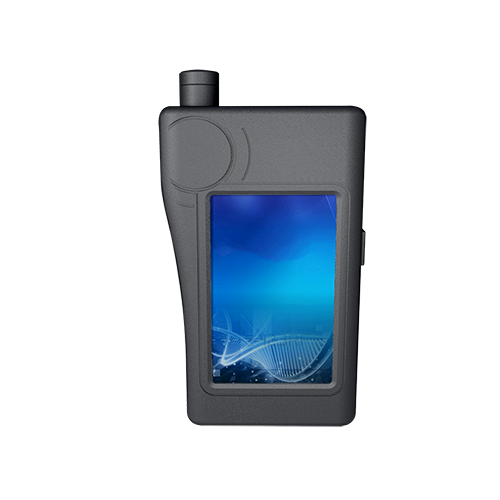
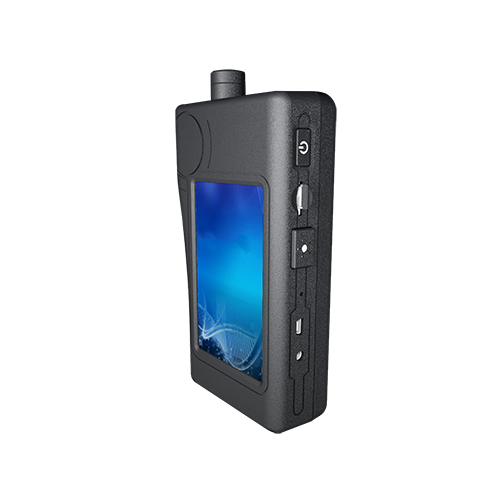
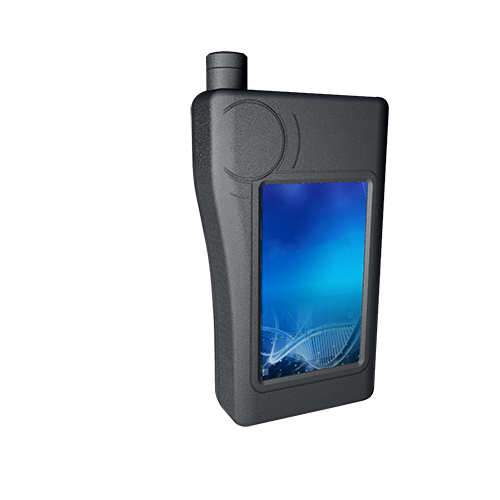

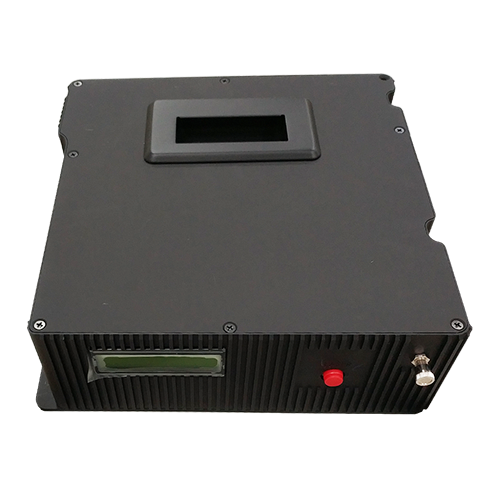
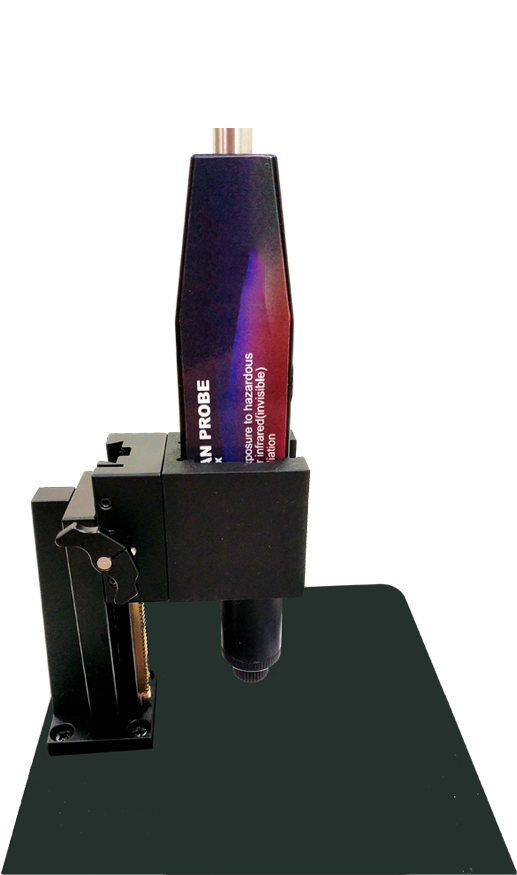

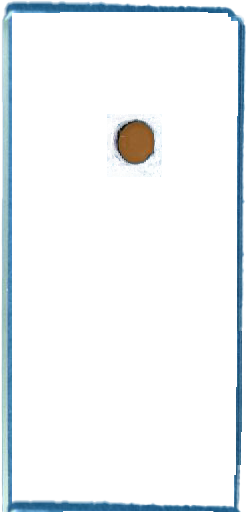

Fast Test


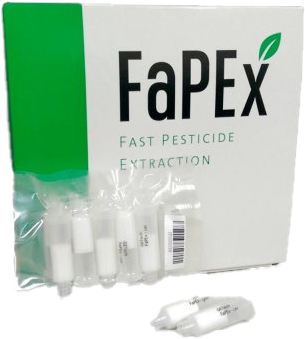

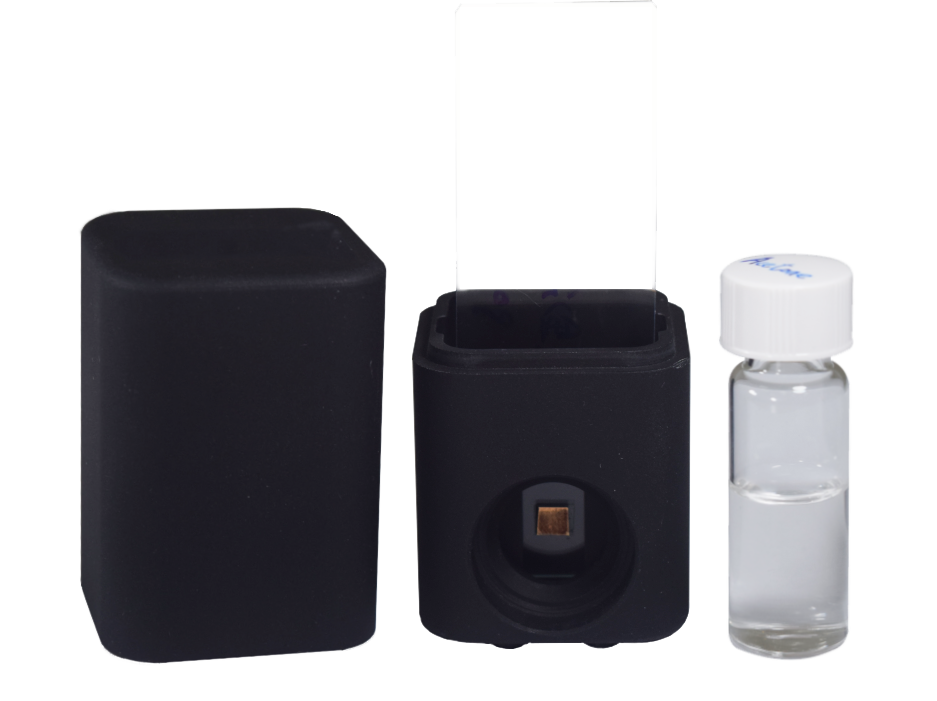
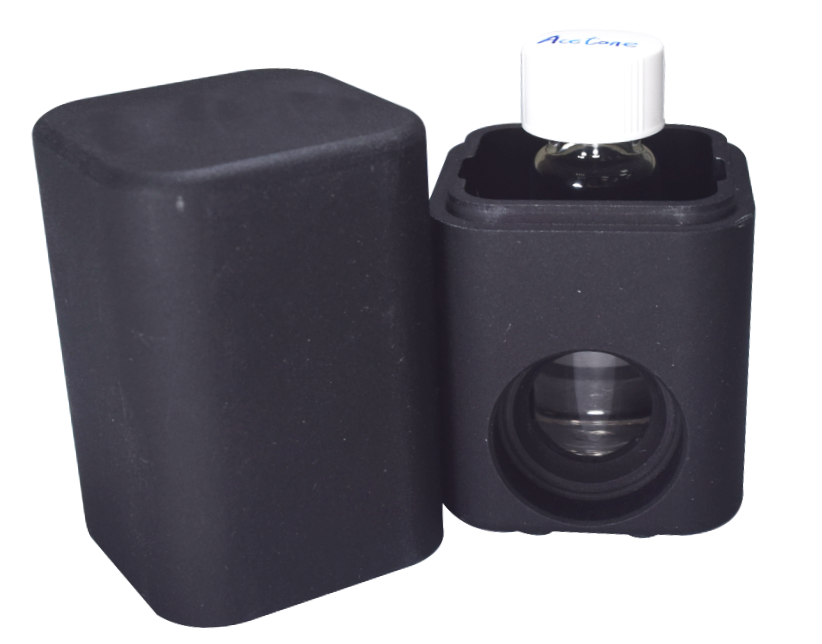
Raman Spectrometer
Introduction to Raman Theory
Raman spectroscopy analysis is used the Raman scattering and the characteristics of Raman spectroscopy to detect the properties of chemical molecules or research substances. You can quickly and efficiently distinguish each element. It can also analyze isomeric elements (such as Natural and synthetic diamonds).
Raman scattering (Raman effect):

Raman spectroscopy:

The Raman spectra are generated due to the interaction of the photons and the specimen molecules and are collected using optical filters form the scattered light. The Raman spectra contain information about the chemical species, molecular structures, and the conformation of the materials and provide a “fingerprint” for their identification. Generally, in a Raman spectrum, the Raman intensity is plotted versus the Raman shift. The Raman shift is defined as the difference of frequencies between the Raman scattered and the incident light beam.
Applications

The capacity of the Raman microspectroscopy has been well exploited in the field of semiconducting materials. It can detect with no sample preparation micro-inhomogeneities in integrated circuits, defects in both optoelectronic, microelectronic and sensor devices, that are of special technological interest in connection with their possible influence on the device performance. The method also permits quantitative and nondestructive microanalysis of structures and electrical properties in semiconductors. These mainly include damage induced by ion implantation, strains in heterostructures, measurements of crystallographic orientations, polycrystalline grains size and free carriers concentration.(Learn more)

TR300 Top Technology provide pesticide residue fast test, whole process is very easy, save time and cost down, compared to traditional method which customers need to send samples to inspection agency, spend 3-5 days and lots of money.(Learn more)

Creating a standard Raman spectral databases of Plastics (PP, PS, PVC, …). By comparing the detecting result of the sample from databases to identifying. It can fast identify what the sample is.(Learn more)

Raman spectroscopy is widely used in chemistry and physics. Because vibrational frequencies are specific to a molecule‘s chemical bonds and symmetry, Raman provides a fingerprint to identify molecules. Raman spectrometer is one of the most efficient methods in chemical and physics analysis, short analysis time, identify molecular structure and composition(Learn more)

The quality of the medication is closely correlated with the quality of the raw material. In the source of the incoming inspection, it is extremely important to do a good job of checking. Most compounds such as sugars, organic solvents, starches and polymers, inorganic multi-atom salts, and most oxides have characteristic Raman spectra. Use the advantages of Raman analyzer detecting and the Raman spectroscopy database of drugs. The results can be classified immediately within one minute. In other words, it can quickly and indeed complete the incoming inspection. Raman can analyze most of the drugs directly, it’s a non-destructive test method, no need to do pretreatment.(Learn more)

Raman spectroscopy can be used to obtain information regarding molecular composition of the sample with very high accuracy. Applications of Raman spectroscopy in the life sciences have included quantification of biomolecules, hyperspectral molecular imaging of cells and tissue, medical diagnosis, and others.(Learn more)
Products

– 785 nm laser
– Raman spectral range: 400 cm-1 ~ 3200 cm-1
– Spectral resolution: ~15 cm-1 (DSP Enhance)
(Learn more)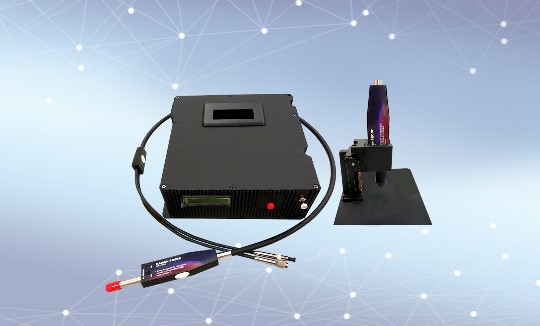
– 785 nm/ 532 nm laser
– Raman spectral range: 200 cm-1 ~ 3000 cm-1
– Spectral resolution: ~10 cm-1 (DSP Enhance)
(Learn more)
– SERS enhances the weak Raman signal, and makes weak Raman signal measurable.
(Learn more)
FILM
Raman detection of photoresist
How to use the “match” function with TR100
How to use the “compare” function with TR100
